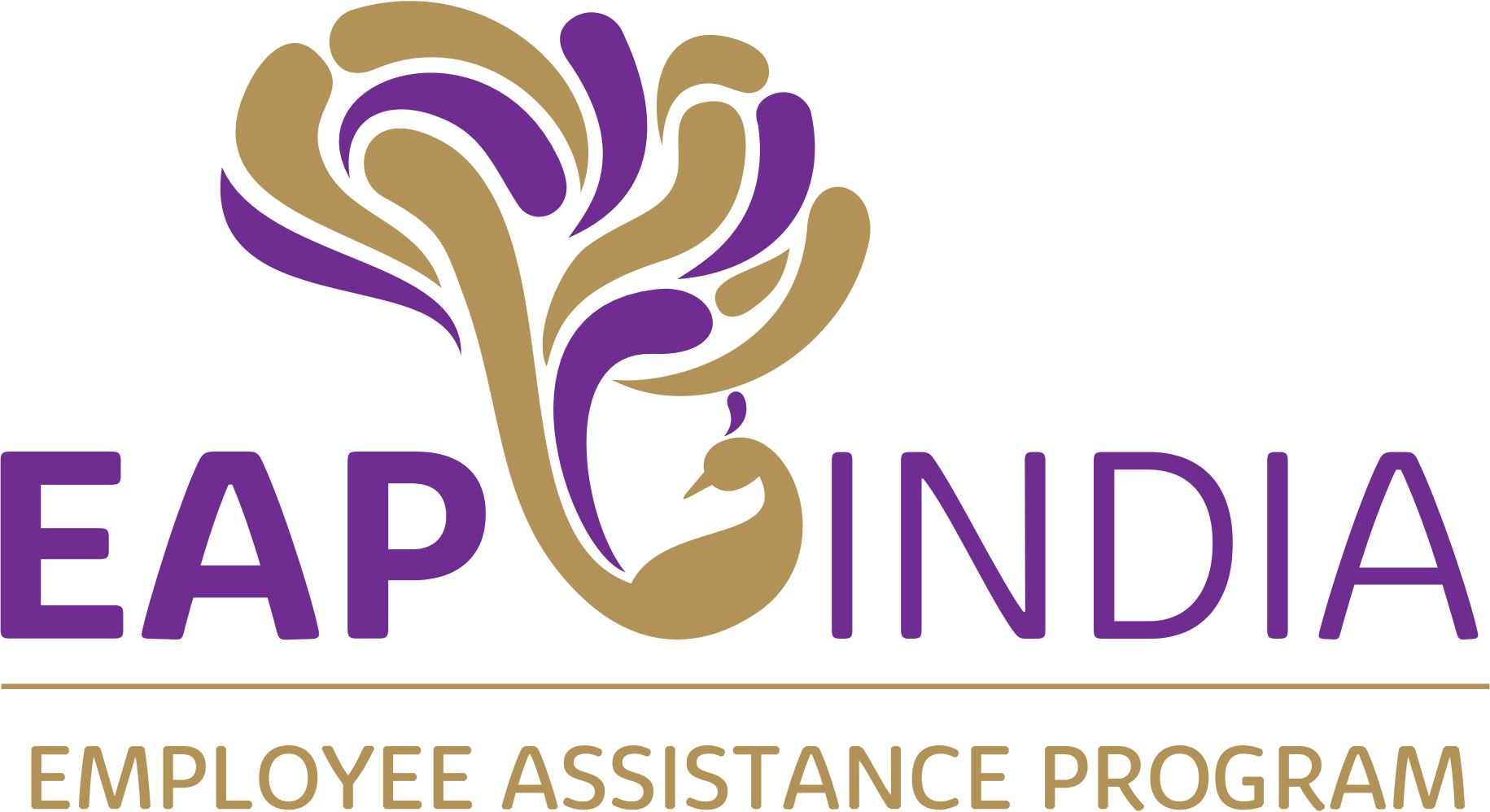Online harassment, as defined under the IT Act of 2000, encompasses a range of hostile behaviors employed by internet users to harass, threaten, or maliciously embarrass individuals or organizations. It manifests through verbal insults, sexual references, or social shaming, infringing upon a person’s right to live free from violence and actively engage in online democratic interactions.
This issue of online harassment extends beyond age groups, affecting not only children, the elderly, or young adults but also necessitating vigilance from businesses. The potential consequences are significant if not addressed properly.
The complexity of online harassment arises from the inability to directly resolve the issue through face-to-face communication. The harasser and the victim are separated by a screen, providing a sense of boldness to those perpetrating insults and harassment.
In the workplace, it is crucial for employees to be vigilant about signs of online harassment. HR managers and top executives should conduct training programs to educate employees about various forms of online abuse and raise awareness. Now, let’s delve into some common manifestations of online harassment in the workplace.
One prevalent issue is internet stalking, where a colleague monitors every online activity of another, be it on social media or through blog postings. At times, a group of coworkers collaborates to create a derogatory blog article aimed at annoying and insulting a specific colleague.
Virtual harassment extends to instances where a colleague employs social media platforms like Facebook or X to convey unpleasant remarks or texts to another co-worker. Sexting represents another form of harassment, involving the transmission of videos or photographs by a co-worker who is aware that the recipient will be upset.
Various other types of online harassment include:
- Catfishing: This involves the theft of another individual’s complete online identity, including information, images, date of birth, and geographical location. The abuser then pretends this identity is their own, creating a new persona. Motivations for catfishing may range from seeking revenge or harassment to concealing one’s identity for fraudulent activities.
- Doxing: In this form of online harassment, the personal details of an individual are publicized online, encouraging others to call, email, or visit the victim’s address with the intent to abuse, humiliate, or harm them.
Recently, I worked closely with a startup CEO who became a victim of “Doxing.” While doxing itself may not be illegal, it can fall under stalking and harassment laws due to the extent of the harassment endured. For anonymity purposes, let’s refer to the CEO as Rati (a false name). Rati, after declining franchise offers, experienced cyberstalking and harassment online. This was an attempt to humiliate her and tarnish her company’s reputation.
Negative comments were posted on her website and various internet forums. Additionally, her friends and colleagues received requests from a Facebook account bearing her picture but with a slightly different name. The fake profile even included Rati’s home address and pictures of her street and house exterior. Despite Rati attempting to distinguish her real profile by changing her photo, the perpetrators continuously updated the fake profile with new pictures
The fabricated profile was employed to spread negative narratives about Rati, her company, and some of its staff. Malicious rumors were circulated, suggesting inappropriate relationships with other company executives. This tumultuous period left Rati feeling depressed and isolated, grappling with the challenges of maintaining her company’s stability while safeguarding herself from physical harm.
Despite the immense support Rati received from friends, family, and internet platforms upon notification, she faced questioning as to why she didn’t simply take down her Facebook profile and go offline. Rati adamantly refused, recognizing that deleting her profile would leave only the harasser’s version online, potentially tarnishing her reputation and jeopardizing her startup’s future.
Online harassment is a grave and potentially life-threatening issue, with profound repercussions for victims in their professional and private lives.
In this discussion, a woman’s experience was highlighted, but it is essential to emphasize that men also fall prey to online harassment. Men in workplaces, both in India and abroad, become targets due to factors like caste, english-speaking abilities, skin color, or place of birth. Numerous men have faced humiliation, isolation, and job loss due to online harassment.
In essence, online harassment is an undeniable reality on the rise in our increasingly digital world. The culpability rests squarely with the harassers, regardless of claims of provocation. Online harassment is a crime and should be treated and addressed as such.
Friends and family play a crucial role in offering support during online harassment. Sharing your experience with them can be more beneficial than internalizing distress. HR Managers should ensure that employees receive robust support in the workplace to address online harassment. Offering counseling support and implementing organizational systems to curb harassment by colleagues are pivotal measures.
Practicing good self-care is imperative during such situations. Taking care of emotional health, seeking assistance from a therapist, and creating a safe space for understanding and support are essential steps. Reach out for help to ensure your well-being and safety.
Reference
1. https://www.eap-india.com/online-harassment-meaning-types-impact/




